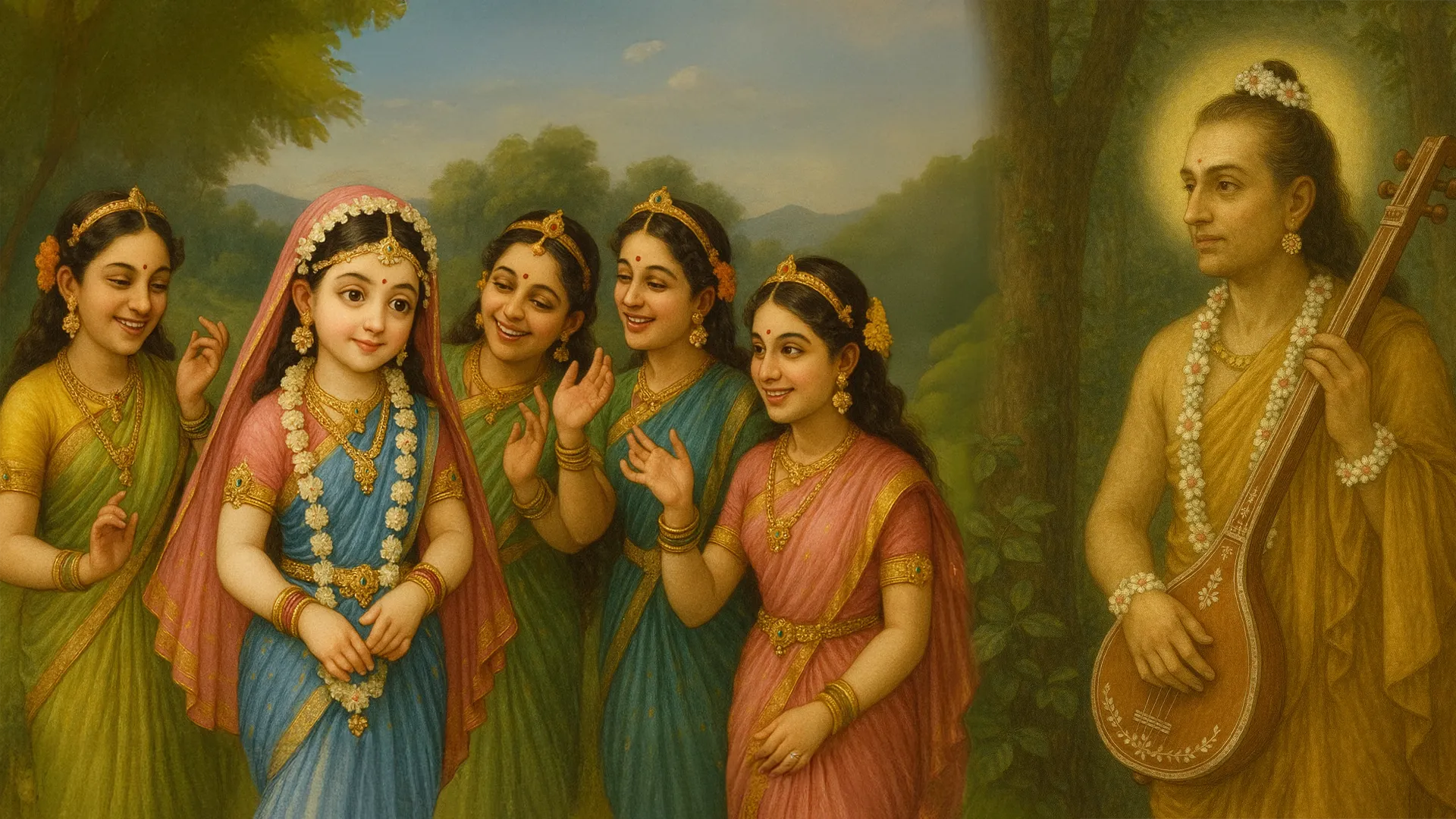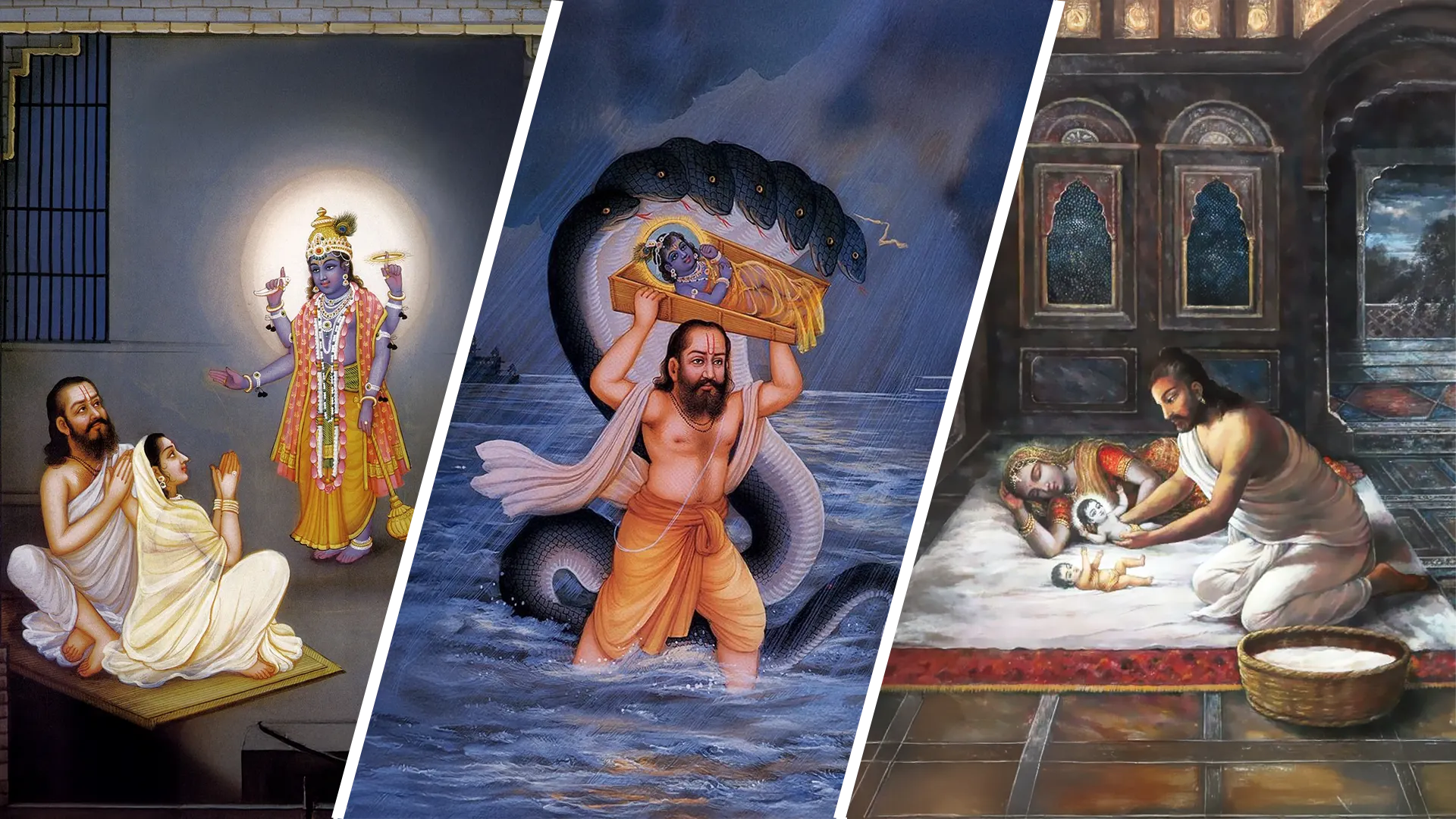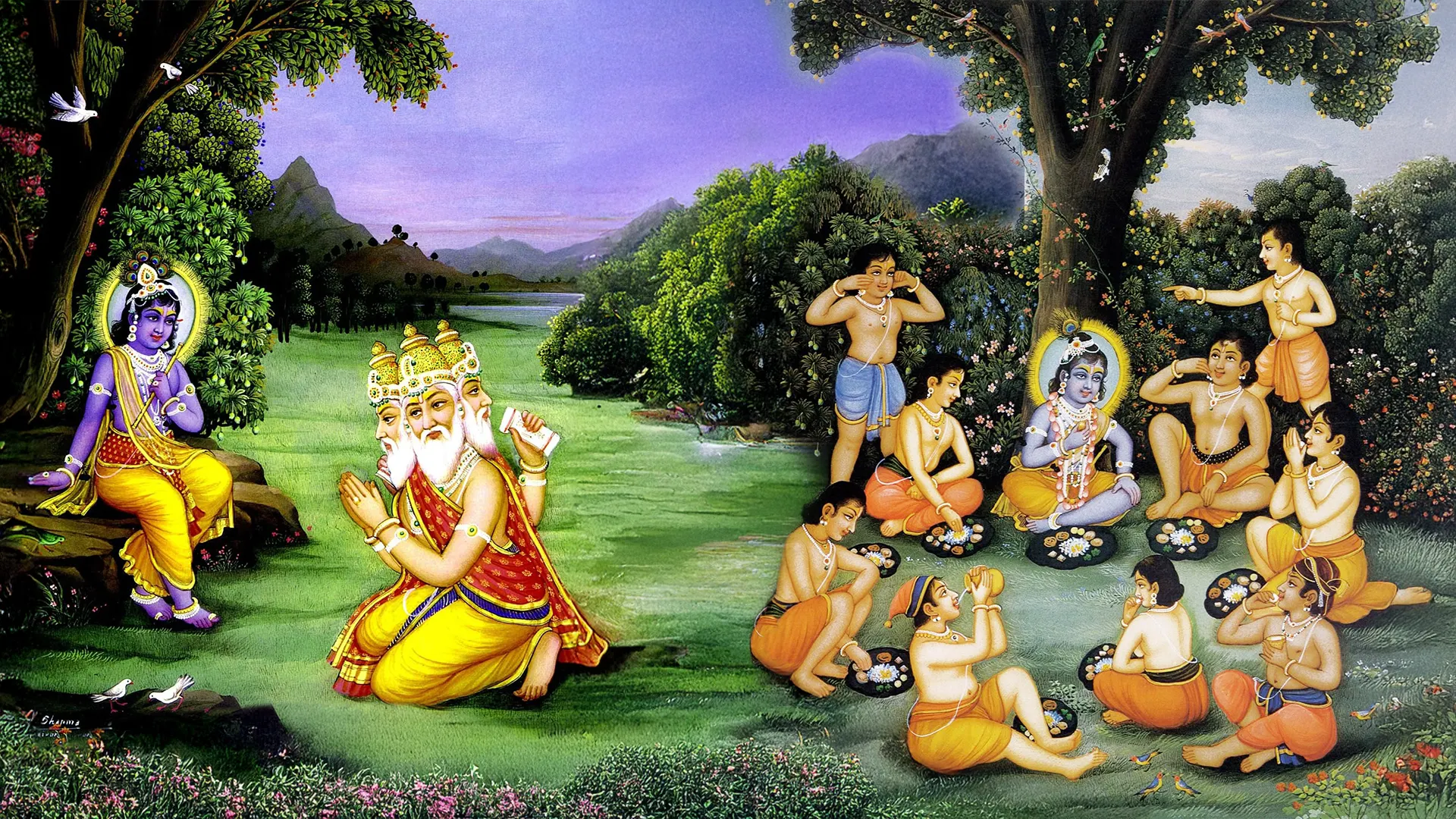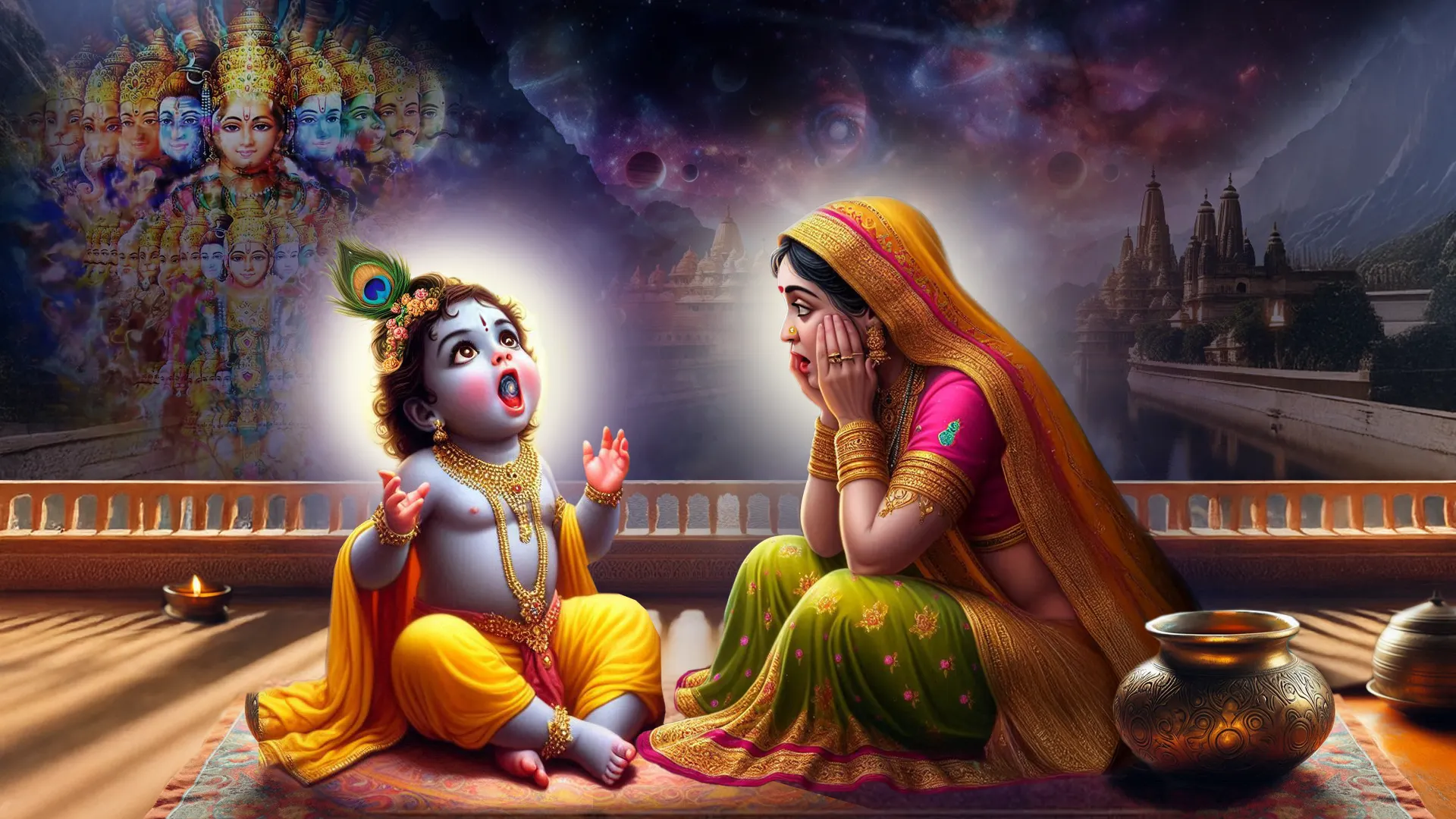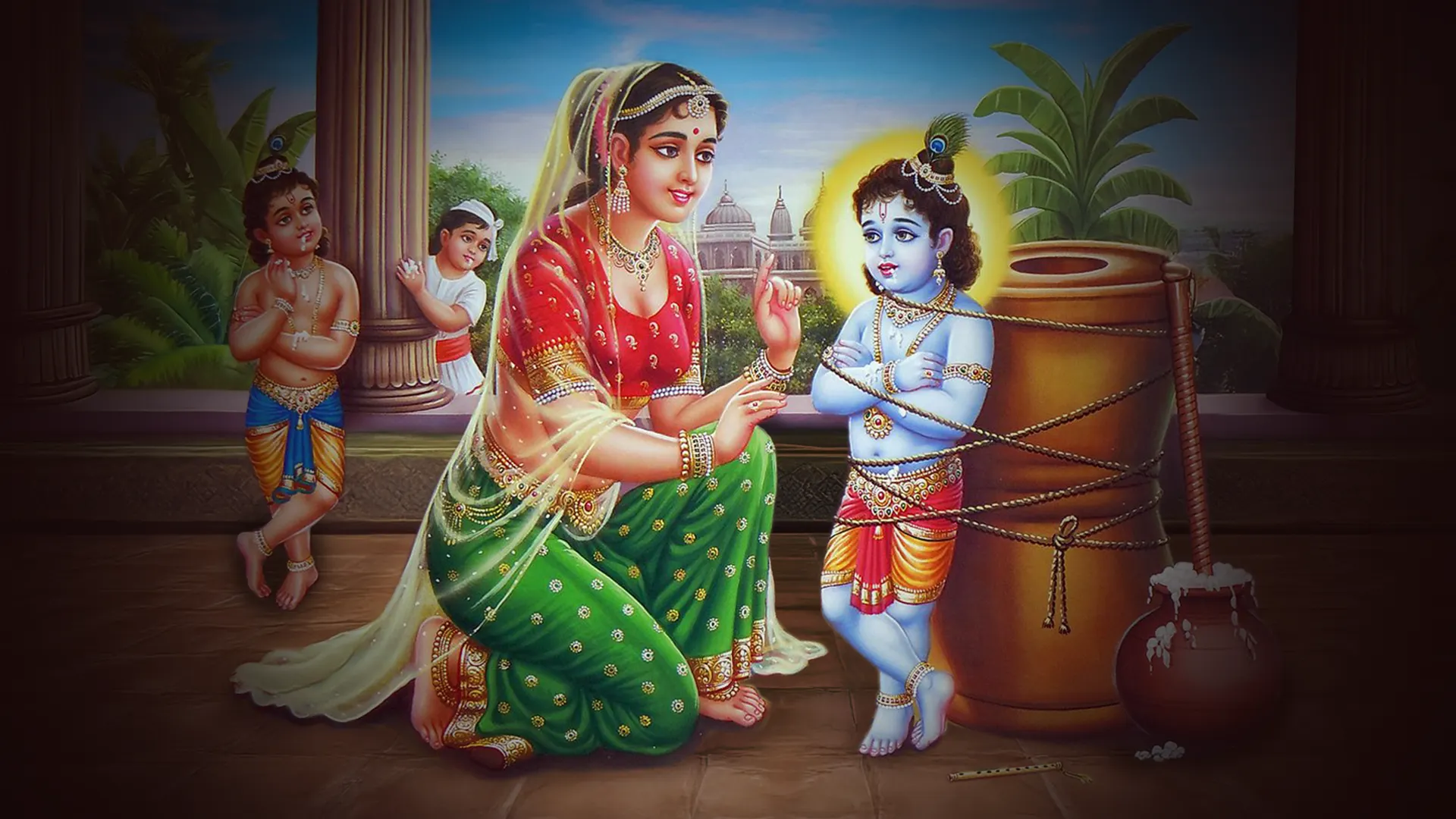Get ready to dive into the fascinating world of Indian festivals and traditions! The five-day Diwali is celebrated with great pomp and show across the country. But do you know that the second day of Diwali, known as Narak Chaturdashi, has different names and unique rituals in different parts of India?
Lord Krishna and Satyabhama's Battle Against Narakasur
The origin of the festival is rooted in a story. A demon named Bhaumasur, known as Narakasur once took over several kingdoms. He received a boon from Lord Brahma that he would only die at the hands of his mother, Bhoomi Devi (Mother Earth). Bhoomi Devi had also obtained a boon from Lord Vishnu that her son should only die when she wished. Narakasur ruled like a tyrant, fueled by his double boon and pride. He had no regard for devatas and women, in particular. He defeated Indra and abducted 16,000 women, imprisoning them in his palace. Narakasur also stole Varuna's chhatra (umbrella), the kundal (earring) of dev-mother Aditi, and Maniparvat of devatas located at Mount Meru.
Indra approached Lord Krishna and informed him about the heinous acts of Narakasur. Lord Krishna, accompanied by his beloved wife Satyabhama, mounted on Garuda and set off to Pragjyotishpur, the capital of the demon. A fierce battle ensued between Lord Krishna and Narakasur. Lord Krishna feigned unconsciousness to provoke Satyabhama, who then took charge of the battle and killed Narakasur with deadly arrows. Lord Krishna adopted this strategy because only Narakasur's mother could slay him, and he aimed to prompt Satyabhama to take decisive action. Satyabhama was the incarnation of Bhoomi Devi, and it was her destiny to eliminate Narakasur.
After defeating Narakasur, Lord Krishna retrieved Aditi's stolen earrings. Aditi was impressed by Satyabhama's devotion to her husband and, as a reward, granted her the wish of eternal youth and beauty. Lord Krishna's triumph over Narakasur also liberated all his prisoners, including 16,000 women who had been held captive for a long time. Lord Krishna graciously wedded all of them to restore their place in society, thus restoring their honour.
Celebrating Narak Chaturdashi Across India: Regional Traditions and Rituals
In the northern part of the country, this day is celebrated as Chhoti Diwali, while in Southern India, it is known as Tamil Diwali. In Maharashtra, devotees perform the ritual of Abhyanga Snan to mark this day. And do you know what's the most interesting part? Narak Chaturdashi has a fascinating legend behind it!
Narak Chaturdashi is believed to be the day when Narakasur was killed. The day is also known as Kali Chaudas when people light lamps and perform rituals to rid themselves of laziness and evil influences that can create chaos. In West Bengal, it is observed as Bhoot Chaturdashi. It is believed that on the eve of this night, the souls of the deceased come down to earth to visit their loved ones. It is also believed that the 14 family forefathers visit their living relatives, so 14 diyas (oil lamps) are placed around the house to guide them home and chase away evil. In some Indian states, Diwali is celebrated on this day, which further adds to the significance of this festival. Narak Chaturdashi is a time for spiritual reflection, togetherness, and the triumph of good over evil.



